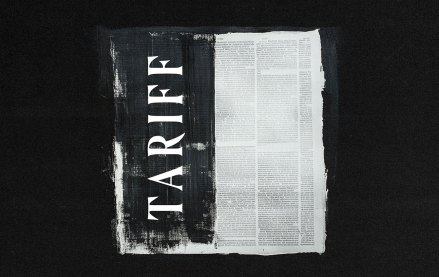Register by Jan 13 to save on passes and connect with marketers from Uber, Bose and more
Why one exec thinks creators is a real key to Snap flourishing

For better or worse, Snap had a rough ride during its second quarter earnings last month. But creators seem to be where the platform still sees a glimmer of hope.
“We are seeing that more and more Snap Stars are active than ever before,” said Snap’s head of global creator partnerships Quincy Kevan, though she didn’t share specific figures. “And it’s not just mainstream, professional creators. We’re also seeing traditional celebrities like Justin Bieber, Lizzo, Ashley Benson, Lady Gaga coming back to the platform and reactivating their presences on the platform. But also homegrown creators are really starting to thrive on the platform, too.”
It aligns with what CEO Evan Spiegel reported during the company’s recent earnings call. He highlighted that the platform had “onboarded thousands of creators to our Snap Star program” over the past year — though didn’t share specifics. Adding that Spotlight posts by Snap Stars grew more than 145% year over year in North America in Q2.
Which is to say that Snap’s investments into creators of all kinds appears to be paying off with this new found momentum.
“Our long-term vision is to build a platform where anyone can show up as their real self and build a meaningful community that ultimately can be a monetizable presence, so they can build their business on Snapchat too,” said Kevan.
The ambition makes sense, but it’s a hard one to crack. There’s fierce competition: TikTok, Instagram and YouTube dominate with their viral opportunities, brand partnership opportunities and top notch payouts, respectively. Added to that, platforms across the board are grappling with the idea that creators aren’t necessarily loyal to their one app. Though it seems Snap has made peace with that.
“We’ve always said that Snapchat is an ‘and’ not an ‘or’,” Kevan said. “We understand that a creator can find Snapchat to be beneficial in one way and another platform to be beneficial in another way, and it’s OK to have those complementary strategies.”
However, it’s easier to acquire new creators than it is to keep them. For example, a huge sticking point for creators (and brands) is that platforms typically don’t share much data with them. And if Snap were to do this, it could stand out from the crowd.
While Kevan didn’t specify whether Snap is providing creators (and brands) with more insights than their platform peers, she did say that the team is “always thinking about ways that we can evolve our tools and our insights to help creators understand the best type of content that they can create to build their communities.” And one of their focuses is Snap’s unified monetization program (available since February) which allows eligible creators to earn revenue from ads in public Stories and Spotlight posts — bringing it more in line with TikTok’s and YouTube’s offerings. Though Kevan declined to confirm the revenue share split or if it’s comparable to its peers.
Still, building these types of sophisticated tools is a costly investment, and one that takes longer to materialize if revenue takes a hit.
Snap reported a revenue increase of 9% to nearly $1.35 billion during the second quarter. The problem was, that increase still marked a slowdown of ad revenue growth in over a year, having previously reported revenue increases between 14% and 21%, between Q1 2024 and Q1 2025.
Which is where creators could be a real benefit to Snap. Getting (and retaining) new creators would bring their followers, which means more users for the app. And more users equals more reach, which is what sparks interest from a wider pool of advertisers.
“This momentum with creators is something Snap can build on to make advertisers excited about the platform again,” said Jamie MacEwan, senior research analyst at Enders Analysis. “Getting noticed above the noise is key as Snap relies on a relatively small number of advertisers, so even a handful deciding to divert that spend elsewhere is a problem, but that also means Snap has an opportunity to swing back into a strong position.”
But while Spiegel announced that Snap had reached 932 million global monthly active users (accounting for a 7% year-over-year increase), taking it closer than ever to its 1 billion user goal, it didn’t go unnoticed that the platform still lost 2% of its user base from North America — a key region for the platform.
The question is, can Snap’s creators really move the needle and pull those users back?
“What we’re seeing is that our community is enjoying creator content more than ever,” said Kevan. “So, of course, we believe that creator content can certainly deepen the engagement that our community of Snapchatters has on our platform. And I think that creators are seeing that too.”
More in Marketing

What does media spend look like for 2026? It could be worse — and it might be
Forecasts for 2026 media spend range from 6.6% on the lower end to over 10% but the primary beneficiaries will be commerce, social and search.

Pitch deck: How Amazon is emerging as the proof layer for TV spend
Amazon is positioning itself to advertisers as the “first-stop shop” for planning, buying, optimizing and measuring TV.

Here are the 2025 brand winners and losers of tariffs
Tariffs completely upended the retail industry in 2025 — and no company was left unscathed.








